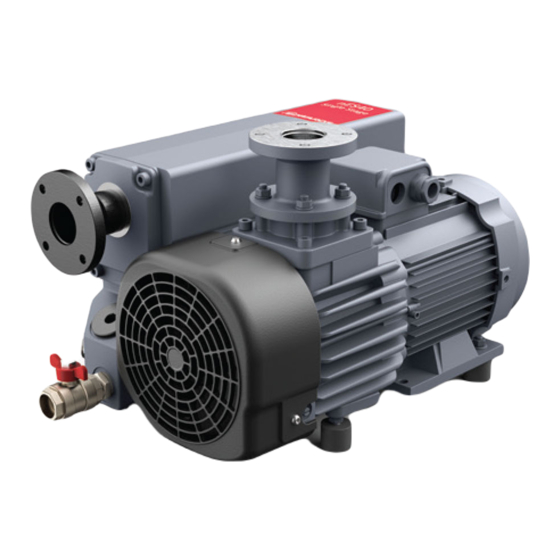
Table of Contents
Advertisement
Single Stage Rotary Vane Pumps
nES Series
INSTRUCTION MANUAL
PUMP MODEL
nES40
nES65
nES100
nES200
A35104880_B
PRODUCT ITEM NUMBERS
A3510xxxx
A3530xxxx
A3540xxxx
A3550xxxx
PUMP MODEL
nES300
nES470
nES570
nES630/nES750
edwardsvacuum.com
PRODUCT ITEM
NUMBERS
A356xxxxx
A3570xxxx
A3580xxxx
A3590xxxx
Original instructions
Advertisement
Table of Contents















Need help?
Do you have a question about the nES Series and is the answer not in the manual?
Questions and answers